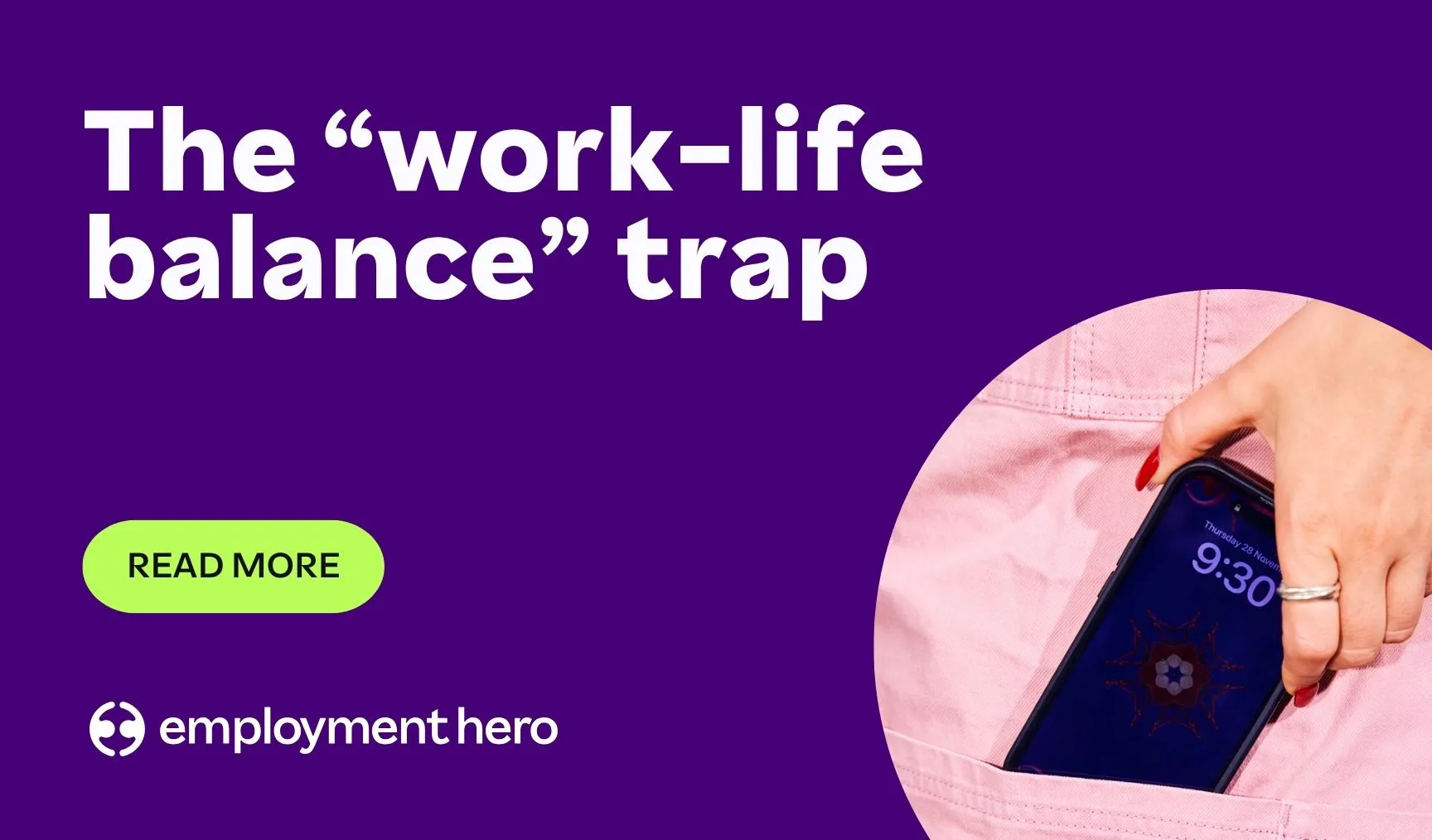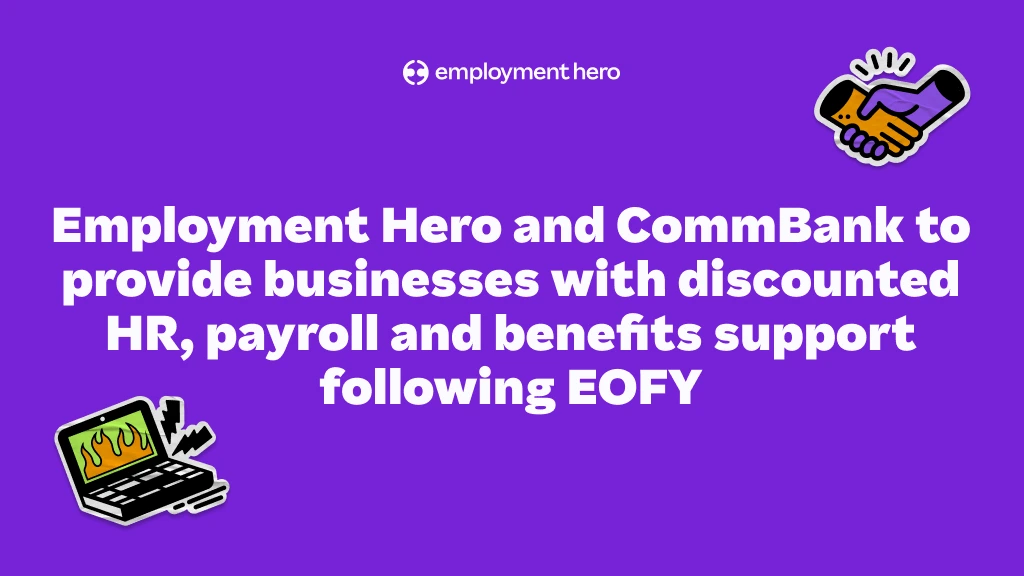How To Recognise And Prevent Sexual Harassment In The Workplace

Contents
The Harvey Weinstein scandal is back in the news this week – and it’s a reminder that we should seriously think about how we recognise and prevent sexual harassment in the workplace.
What happened in the Harvey Weinstein scandal?
Following a four-month investigation, the New York attorney general’s office has filed a lawsuit against Harvey Weinstein, his brother Bob Weinstein, and The Weinstein Company. It makes for sobering reading, alleging that the Weinsteins created a toxic environment with a pattern of sexual harassment.
Attorney General Eric Schneiderman said in a statement, “The Weinstein Company repeatedly broke New York law by failing to protect its employees from pervasive harassment, intimidation, and discrimination”.
The growth of the #MeToo movement
The Weinstein allegations have spurred the #MeToo movement around the world and with it, an outpouring of grievances from women in Australia, despite sexual harassment being outlawed here for more than 30 years.
What is the Sex Discrimination Act?
Introduced in 1984, The Sex Discrimination Act defines sexual harassment as taking place when a person:
- Makes an unwelcome sexual advance, or an unwelcome request for sexual favours, or
- Engages in other unwelcome conduct of a sexual nature.
Sexual harassment is also deemed to have taken place, as the law says, in circumstances in which a reasonable person would have anticipated the possibility that the person harassed would be offended, humiliated or intimidated.
The Act takes a broad view of sexual harassment and includes:
- Unwelcome touching, hugging or kissing, leering
- Suggestive comments or ribald jokes
- Persistent sexual innuendo or insults
- Unwelcome requests for sex
- Intrusive questions about an employee’s private life or body, along with
- Criminal matters such as sexual assault, stalking or indecent exposure.
It does not have to be repeated or continuous to be against the law. It can be a one-off incident. Some of the most frequently reported forms of physical sexual harassment include unwelcome touching, hugging, cornering or kissing; inappropriate physical contact; and sexually explicit emails or texts.
Read more about related issues and management strategies:
- Guide to workplace conflict management
- How to stamp out bullying in the workplace
- 8 common HR mistakes to avoid
- The essential guide to HR compliance
Sexual harassment statistics in Australia
Despite tough laws and a broad definition, sexual harassment in Australia is a big problem. According to the Australian Bureau of Statistics (ABS), sexual violence against women is on the rise.
In the Personal Safety study of 2016 17% of women said they had been sexually harassed in the past year, up from 15% in 2012. For men, sexual harassment was up from 6.6% to 9.3% during the same timeframe.
In light of these numbers and the growing confidence of individuals to speak out against sexual harassment at work, we may see a spike in sexual harassment complaints this year.
How can employers prevent sexual harassment in the workplace?
One of the main charges in the Harvey Weinstein saga is that the company’s executives knew about the claimed abuse – but did nothing about it.
In fact, a great many sexual harassment complaints made to the Human Rights Commission here in Australia are not about the harasser. They are about the failure of the employing organisation to respond adequately to the original sexual harassment complaint.
As the Human Rights Commission says, “As an employer, you may be held legally responsible for acts of sexual harassment committed by your employees.”
The Sex Discrimination Act makes you as an employer liable for acts of sexual harassment unless you have taken all reasonable steps to prevent it from taking place. This means you need to recognise the behaviour, and do all you can to reduce the risk of it happening in the first place.
As a start, you need to establish the following:
1. A clear, plainly worded sexual harassment policy
Make it clear that you have zero tolerance for harassment in any form, and make sure your sexual harassment policy includes:
- Your company’s position on sexual harassment
- A clearly worded definition and specific examples of where sexual harassment may happen e.g. work conferences, celebration events like the Christmas party, work trips, etc.
- A statement of what is not sexual harassment such as behaviour that is mutually acceptable to the parties concerned
- The consequences for employees who breach the policy
- Responsibilities of direct managers and co-workers
- Information on where employees can get help, or make a complaint
2. Effective communication of the policy
As we always say, it’s not enough to have a strongly worded workplace policy on sexual harassment or any other workplace issue. You must apply the policy consistently across your business, and you must enforce it.
This means you should:
- Formally communicate the policy to all employees
- Provide training if required
- Ensure your employees sign a statement of understanding, and
- Retain the signed documents
Pro tip: Employee management tools like Employment Hero allow you to keep track of employee policy acknowledgements and are easily accessible at any time.
3. An accessible process for dealing with complaints
You should nominate a senior employee (this could be you!) or the owner of the small business you work for as a sexual harassment complaints officer. You also need to provide several different ways in which an employee can make a complaint in the event this senior employee is the harasser.
As complaints are often complex, sensitive and potentially volatile, you should ensure your complaint procedures are:
- Clearly documented and explained to all employees
- Timely and confidential, and address complaints in a fair and consistent manner
- Based on the principles of procedural fairness
- Administered by trained personnel
- Structured to provide clear guidance on internal investigation procedures and record keeping, with appropriate disciplinary outcomes
- Regularly reviewed for effectiveness, and give employees assurance that they will not be disadvantaged for making the complaint.
Your company’s dating policy comes into play, too. Companies like Google have created a ‘one chance’ policy to draw the line.
Read more: How to handle employee misconduct
Avoid legal and reputation risks
Should an employee engage in sexual harassment in your place of work, the only way the company as the employer is not going to be held accountable is if you can demonstrate you took all reasonable steps to prevent the conduct from happening.
Take the time now to update your policies and procedures to make sure your staff know that it won’t be tolerated in your workplace and any allegations will be investigated.
Want more advice on how to make sure your business is compliant?
Related Resources
-
 Read more: The ‘work-life balance’ trap: Why promising it is hurting your SME recruitment (and what to promise instead)
Read more: The ‘work-life balance’ trap: Why promising it is hurting your SME recruitment (and what to promise instead)The ‘work-life balance’ trap: Why promising it is hurting your SME recruitment (and what to promise instead)
For growing SMEs, work-life integration is a sustainable way to support your team and attract top talent. Explore how your…
-
 Read more: Job ad guide: How to attract top candidates
Read more: Job ad guide: How to attract top candidatesJob ad guide: How to attract top candidates
Looking to hire your perfect match? The way you pitch your open role can be the difference between landing or…
-
 Read more: Employment Hero and CommBank to provide businesses with discounted HR, payroll and benefits support following EOFY
Read more: Employment Hero and CommBank to provide businesses with discounted HR, payroll and benefits support following EOFYEmployment Hero and CommBank to provide businesses with discounted HR, payroll and benefits support following EOFY
Eligible CommBank Yello for Business customers will get the first 3 months free on any Employment Operating System subscription with…





















